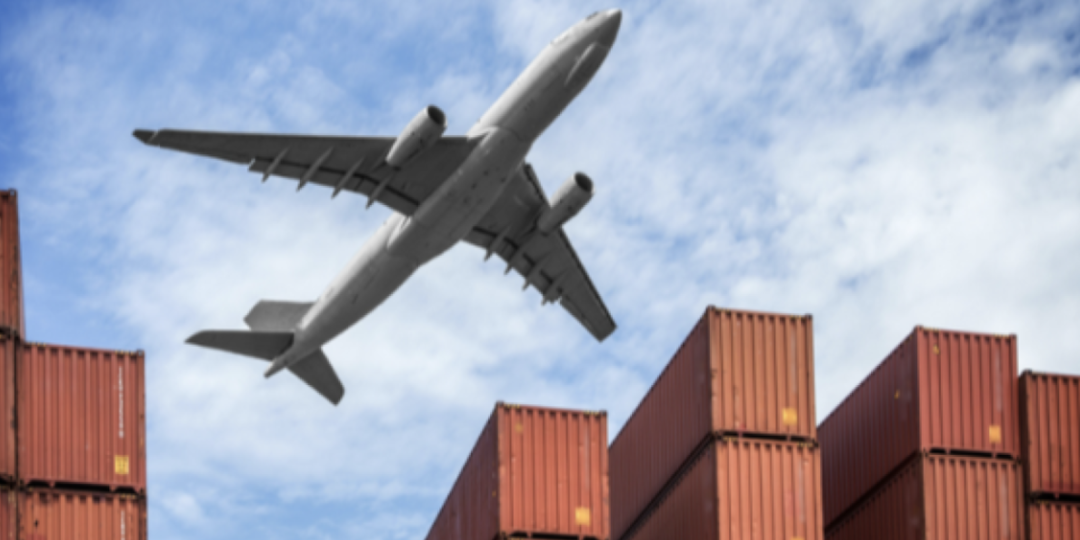Global air cargo markets are showing continued strong annual growth in demand, according to the latest data released by IATA this week.
According to IATA’s data for October 2024, total demand, measured in cargo tonne-kilometres (CTKs), rose by 9.8% compared with October 2023 levels (10.3% for international operations) recording growth for the fifteenth consecutive month.
Capacity, measured in available cargo tonne-kilometres (ACTKs), increased by 5.9% compared to October 2023 (7.2% for international operations), largely driven by an 8.5% increase in international belly capacity. Dedicated freighter capacity increased by 5.6%, the seventh consecutive month of growth, with volumes nearing 2021 peak levels.
IATA Director General, Willie Walsh, said the continued strong performance of the cargo market for the period under review indicated that 2024 would be a significant year for the sector although there were some headwinds in the coming months.
“Global air cargo yields, including surcharges, continue to rise, up 10.6% on 2023 and 49% on 2019 levels,” said Walsh.
“While 2024 is shaping up to be a banner year for air cargo, we must look to 2025 with some caution. The incoming Trump administration’s announced intention to impose significant tariffs on its top trading partners, Canada, China and Mexico, has the potential to upend global supply chains and undermine consumer confidence.
“The air cargo industry’s proven adaptability to rapidly evolving geopolitical and economic situations is likely to be tested as the Trump agenda unfolds.”
According to IATA, international routes experienced “exceptional” traffic levels for the fifth consecutive month with a 10.3% year-on-year increase in October.
“Airlines are benefiting from rising e-commerce demand in the US and Europe amid ongoing capacity limits in ocean shipping,” said IATA.
In addition, industrial production rose 1.6% in September while global goods trade increased 2.4% in a sixth consecutive month of growth. The increase in trade is partly due to businesses stockpiling inventory ahead of potential disruptions, like the US port strike.
Global manufacturing activity rebounded in October. The Purchasing Managers Index (PMI) for global manufacturing output was above the 50-mark, indicating growth. However, the PMI for new export orders, remained below the 50-mark, suggesting ongoing uncertainty and weakness in global trade.
US headline inflation, based on the annual Consumer Price Index, rose by 0.17 percentage points to 2.58% in October, ending a six-month decline. In the same month, the inflation rate in the EU increased by 0.24 percentage points to 2.33%. China’s consumer inflation fell to 0.29% in October, sparking concerns of an economic slowdown.
In terms of regional air cargo demand, Asia-Pacific airlines saw 13.4% year-on-year demand growth for air cargo in October and capacity increased by 9.3%.
North American carriers saw 9.5% growth, while capacity rose 5.8%, European carriers recorded 7.6% growth and a capacity rise of 3.9%, while Middle Eastern carriers saw 4.5% growth and capacity increased 0.8%,
Latin American carriers achieved 18.5% growth, the strongest among the regions and a rise of 5.8% in capacity, while African airlines recorded the slowest growth at 1.6% with an increase in capacity of 7.7%.













